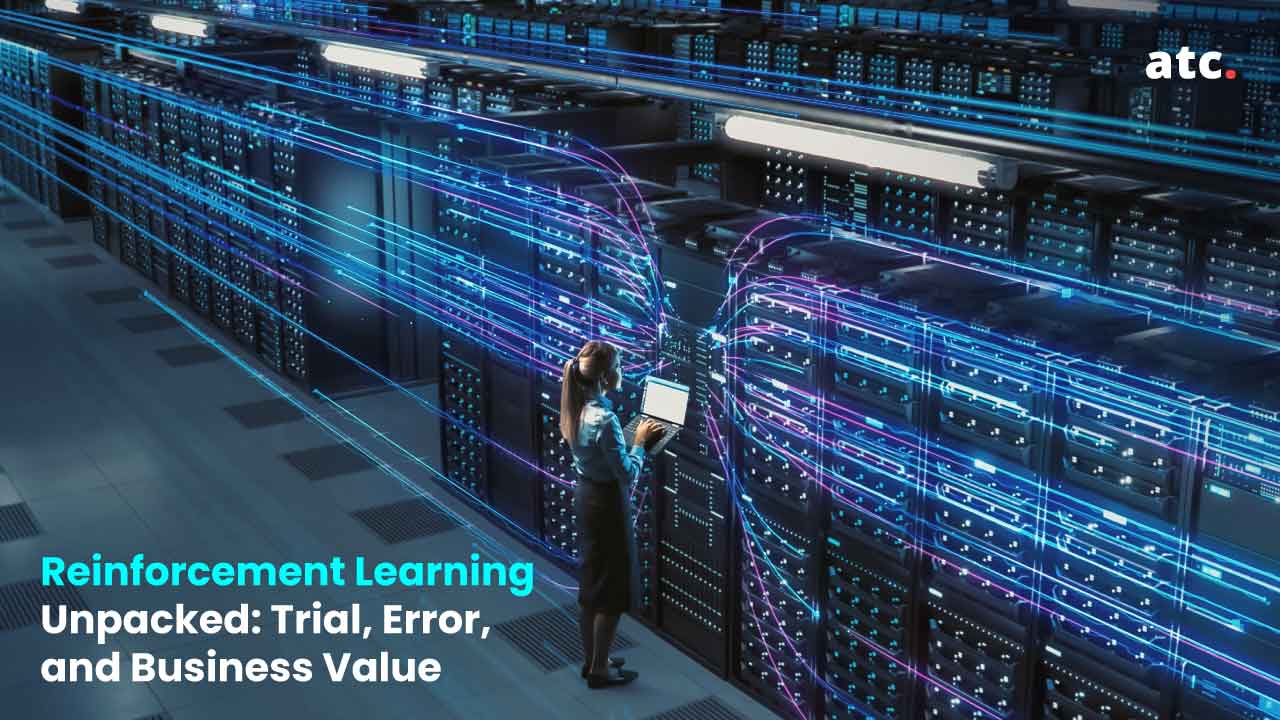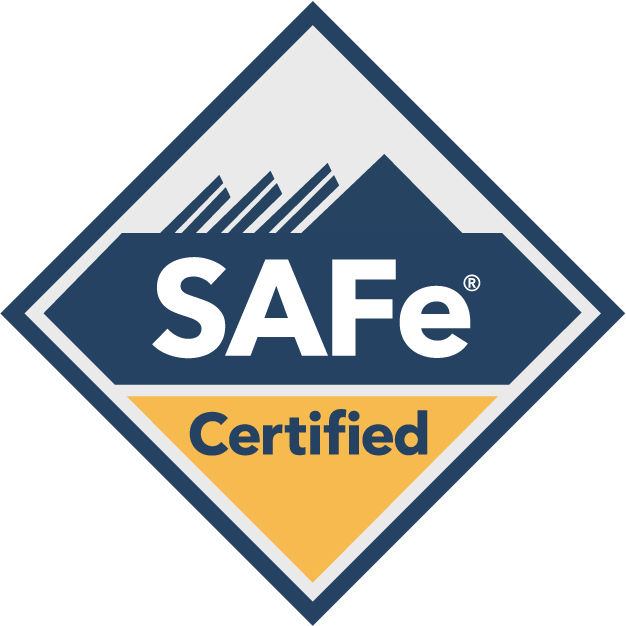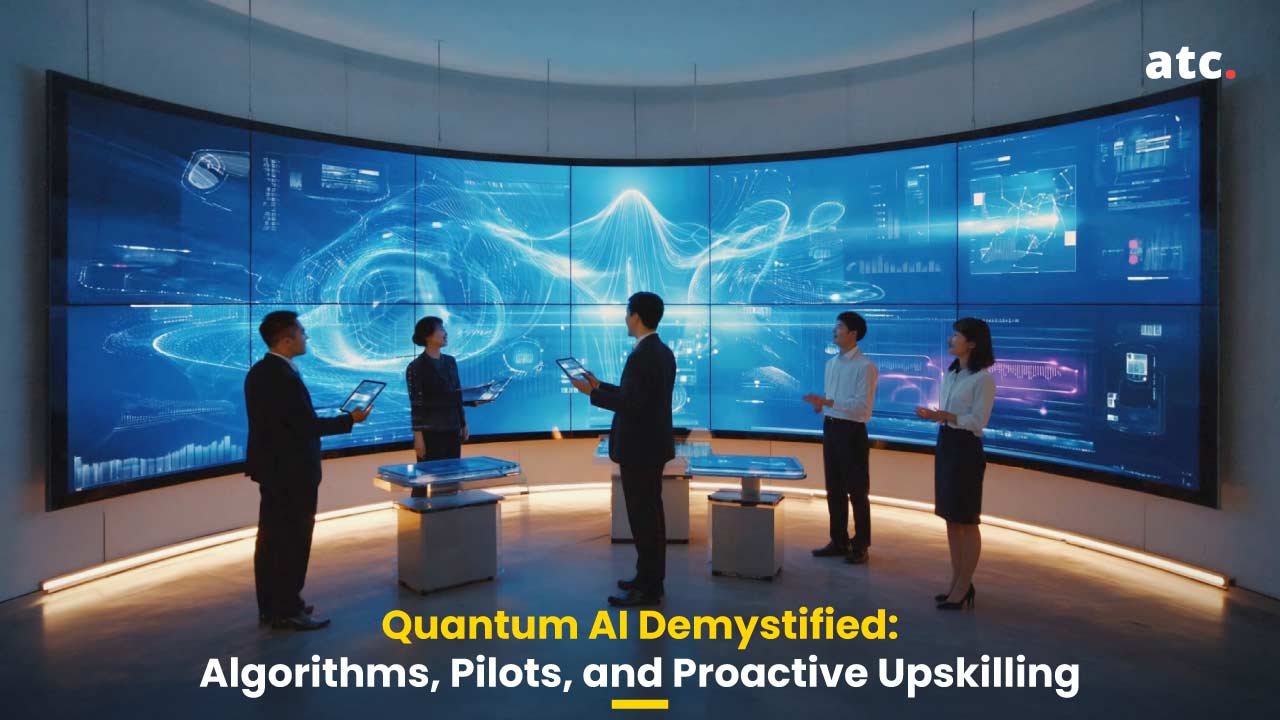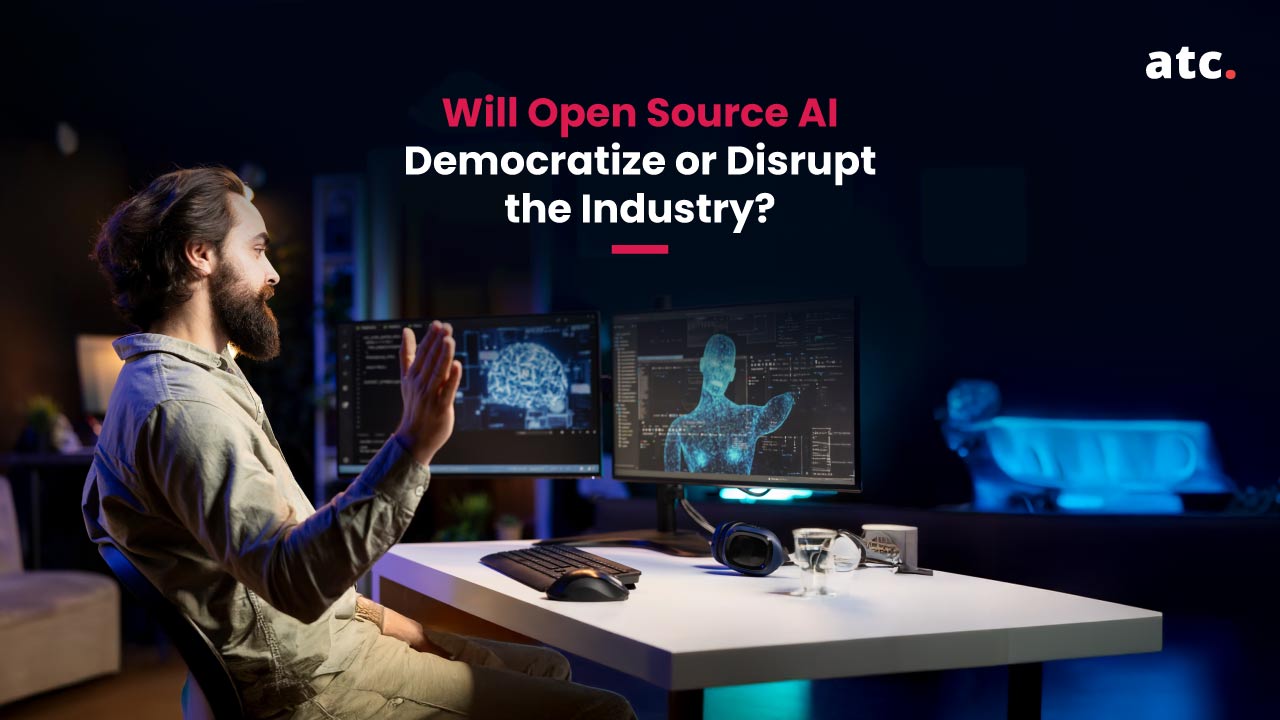Subscribe to the blog
Introduction
Reinforcement Learning (RL) is one of the most exciting fields in artificial intelligence because it mimics the way that organisms learn from their environments. In RL, an agent takes actions which have some cumulative reward and attempts to maximize this notion of a reward in some environment. RL is not an approach constrained by labeled datasets and is definitely not supervised learning, it is continuous trial and error based learning, where success is evaluated by how well the agent can adapt and learn to optimize its behavior over time.
At this point in time, RL is gaining tremendous momentum due to developments in computational power, advancements in deep learning, and overall improvement of algorithms. Companies identifying technological disadvantages related to competitive position or market share are incorporating RL within their business processes to automate complex decision-making, improve their operations, and tailor the consumer experience. The industry is beginning to appreciate how RL synthesizes information to handle sequential, dynamic environments in uncertain conditions, in a way that increases strategic flexibility with ever-present uncertainty and volatility.
As more organizations incorporate RL into their AI portfolios, formal training becomes a crucial force multiplier. Programs like ATC’s Generative AI Masterclass equip teams with the advanced skills necessary to implement RL at scale, accelerating time to value and embedding innovation in business DNA.
The Mechanics of Trial & Error
Reinforcement Learning operates on a foundation called the Markov Decision Process (MDP), a formal framework describing an environment through a set of states and actions. In an MDP, the agent’s future state depends only on the current state and action, encapsulating the Markov property. This simplification allows algorithms to compute optimal policies — rules that dictate the best action to take in each state to maximize expected long-term reward.
A central challenge in RL is balancing exploration and exploitation. Exploration involves trying new actions to discover their effects and potentially uncover better long-term strategies. Exploitation means leveraging known information to maximize rewards immediately. Striking this balance is essential for effective learning.
One classic algorithm in RL is Q-learning, introduced by Watkins in 1989 and extensively elaborated by Sutton and Barto. It estimates the quality (Q-value) of state-action pairs, updating estimates with temporal difference methods based on observed rewards and future expected rewards. Q-learning is an off-policy method, allowing learning about the optimal policy independently of the agent’s actions
More recent advances employ policy gradients, where the policy directly parametrizes a probability distribution over actions. Rather than learning value functions, these methods optimize policy parameters via gradient ascent to maximize expected rewards. DeepMind’s use of policy gradients underpins many breakthroughs in continuous and high-dimensional control tasks.
Together, these techniques and their deep neural network extensions enable RL systems to solve problems previously thought intractable, bridging theory and practical impact.
AlphaGo’s Breakthrough
AlphaGo, the seminal creation by DeepMind, revolutionized AI by mastering the ancient board game Go, long considered the most challenging for computers due to its astronomical state space. AlphaGo’s innovation lay in combining deep neural networks with Monte Carlo Tree Search (MCTS).
The system used two neural networks: the policy network to propose promising moves and the value network to evaluate board positions. By simulating numerous play-outs guided by these networks through MCTS, AlphaGo effectively anticipated future game states and made strategic decisions resembling human intuition but at massive scale.
Self-play — where AlphaGo played millions of games against itself — refined its policy and value functions continually, bypassing human biases. This approach culminated in the historic 2016 match against Lee Sedol, one of the greatest Go players, where AlphaGo won 4-1. The victory stunned the AI and gaming worlds, demonstrating machine creativity and strategic depth previously deemed exclusive to human experts.
Subsequent iterations, such as AlphaZero, generalized the approach further, mastering chess, shogi, and Go from scratch without human data, confirming that RL powered by self-play and neural-guided search can unlock new AI frontiers
Robotics and Real-World Deployments
Applying RL in robotics presents unique challenges: robots must learn precise control in continuous, noisy environments where failures can be costly. RL has been increasingly effective in robotic manipulation and locomotion, addressing tasks from grasping objects to complex walking patterns.
A landmark project is OpenAI’s Rubik’s Cube-solving robot hand. Researchers trained a five-fingered humanoid hand entirely in simulation using the same reinforcement learning techniques behind OpenAI Five, enhanced by Automatic Domain Randomization (ADR). ADR progressively exposes the model to more complex and varied environments, improving the model’s ability to generalize and transfer to the physical robot despite discrepancies between simulation and reality. The robot now solves the cube 60% of the time in real-world tests, a feat showcasing RL’s capability in fine motor control
However, real-world RL deployment faces hurdles like sample inefficiency (the need for vast training data), safety considerations during training, and transferring learned policies across different tasks or environments. Hybrid approaches combining simulation, safe exploration protocols, and transfer learning are vital to overcoming these barriers, pushing RL ever closer to scalable industrial robotics .
Business Impact & Strategic Imperatives
Reinforcement learning (RL) is being leveraged to revolutionize how enterprises optimize complex, dynamic processes. By enabling AI agents to make and refine decisions in real time, RL empowers businesses to address challenges that go beyond the reach of traditional analytics and static programming:
- Manufacturing & Industrial Automation: RL-based control systems continually adapt to maximize yield, reduce downtime, and optimize energy use across production lines, oil refineries, and logistics chains. For instance, Google’s deep RL approach cut data center energy consumption by 40% through autonomous adjustments to cooling systems.
- Predictive Maintenance: RL frameworks applied to predictive maintenance in Industrial IoT environments have shown significant improvement in equipment reliability and overall resource management, outperforming both older algorithms and human operators by over 50% in some scenarios.
- Supply Chain & Logistics: RL optimizes inventory management, real-time fleet routing, and global distribution by dynamically balancing costs, throughput, and shifting constraints. Food producers and transport companies have benefited from RL’s ability to simulate scenarios and take optimal actions as conditions change.
- Finance & Trading: RL-powered agents facilitate algorithmic trading, risk management, and fraud detection by making optimal decisions under uncertainty and rapidly responding to market shifts.
Driving Customer-Centric Automation
- Personalization & Recommendation: RL models actively learn customer preferences and adapt digital experiences. Major media companies deploy RL-driven recommendation engines to maximize engagement and address the “cold start” and content freshness challenges, leading to measurable improvement in online business metrics.
- Marketing & Advertising: RL underpins dynamic bidding and targeting systems, allocating spend in real-time to maximize campaign ROI and adapting to rapidly changing customer behavior.
Realizing ROI and Strategic Value
The deployment of RL drives return on investment by:
- Automating Complex, Repetitive Tasks: RL agents replace high-touch manual interventions in optimization, leading to substantial cost and time savings.
- Boosting Efficiency & Uptime: RL models predict and mitigate issues proactively, reducing waste, improving resource utilization, and enhancing operational continuity.
- Enabling Adaptive, Learning Organizations: Organizations that adapt RL solutions become more responsive and resilient to market volatility and evolving customer needs.
Strategic Imperatives for RL Adoption
Identify the Right Business Problem
Select high-impact areas where RL’s strengths in adaptive, sequential decision-making will resolve previously intractable inefficiencies. Prioritize processes that are dynamic, complex, and resistant to traditional optimization techniques—such as supply chain routing or autonomous robotic control.
Establish a Solid Technology and Data Foundation
- Simulation Environments: Create digital twins or simulators where RL agents can safely learn at scale before being deployed in the real world. Environments with rapid feedback loops accelerate model improvement.
- Compute & Infrastructure: Invest in distributed compute and scalable RL platforms, as training agents can be resource intensive.
Build and Upskill Talent
Given the unique challenges of RL, reward design, exploration vs. exploitation tradeoff, and safety concerns—organizations must invest in structured, hybrid training programs to close skill gaps. Internal capability building and ongoing upskilling are imperative for keeping pace with advances.
Practical upskilling, such as ATC’s Generative AI Masterclass or similar hybrid programs, is proving crucial in equipping practitioners to design and deploy RL architectures efficiently, shortening development cycles, and delivering measurable business outcomes.
Implement Governance and Ethical Guidelines
- Design robust reward functions aligned with business objectives to avoid unintended behavior.
- Develop transparent, auditable frameworks—especially for regulated industries where explainability and ethical considerations (e.g., bias and safety) are non-negotiable.
Orchestrate Change Management
- Foster cross-functional collaboration among AI, IT, operations, and line-of-business teams.
- Communicate the value of RL through pilots that deliver tangible business value, building trust and organizational buy-in for larger deployments.
Move from Pilot to Production
- Start with carefully scoped experiments to demonstrate value and derisk investment.
- Develop clear pathways for scaling successful RL proofs-of-concept to production systems by integrating with core IT infrastructure and establishing continuous monitoring.
Conclusion
Reinforcement Learning embodies the promise of AI that learns and adapts dynamically through experience. Its triumphs in gaming with AlphaGo, robotic dexterity with OpenAI’s Rubik’s Cube hand, and expanding industrial applications herald a new era where machines tackle complexity with trial-and-error intelligence.
For senior technology leaders, the call to action is clear: invest not only in the technologies but in the deep expertise that unlocks RL’s potential. By fostering teams skilled in these advanced methods, organizations can harness the full power of AI’s next frontier.
The ATC Generative AI Masterclass offers a unique opportunity to accelerate this journey. With limited spots remaining, this 10-session, hands-on program culminates in operational AI agents and Industry-recognized AI Generalist Certification. It’s designed to empower your organization to lead in RL and generative AI mastery — a strategic step toward a smarter, more adaptive future.




